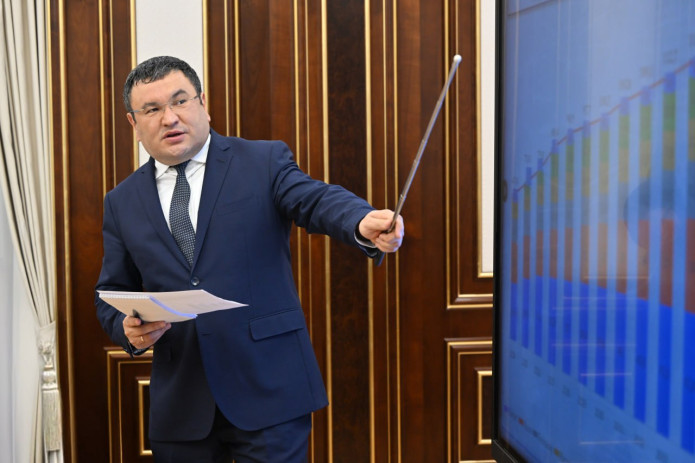Measures to develop energy sector
Measures to develop energy sector

President Shavkat Mirziyoyev held a meeting to discuss Uzbekistan’s energy sector development for 2025–2035.
By 2030, Uzbekistan’s population will reach 41 million, and the economy will grow 1.5 times. The government plans to generate $45 billion in industrial added value, triple the volume of services, and launch major data centers. Electricity demand will rise to 117 billion kilowatt-hours in 2030 and 135 billion kilowatt-hours in 2035—1.7 times the current consumption.
At the meeting, the Minister of Energy presented a long-term program to achieve these goals. The government will build new power plants and energy storage facilities. To integrate them into the national grid, authorities will construct 7,000 kilometers of high-voltage transmission lines and implement digital management systems. This approach will balance electricity distribution across regions. If one region faces a shortage, another will supply additional capacity. Over the next five years, Uzbekistan will attract $4 billion in investments for National Electric Networks of Uzbekistan to fund these initiatives.
Lowering electricity production costs remains a top priority. Alternative energy sources will play a key role in achieving this goal. Currently, thermal power plants generate electricity at 5–6 cents per kilowatt-hour, while solar and wind power plants produce it at an average cost of 3 cents. International experts highlight Uzbekistan’s strong potential for renewable energy. In response, the government aims to increase green energy’s share to over 50% of total electricity generation by 2030. Officials plan to commission 3,000 micro-hydropower plants with a total capacity of 164 megawatts and install small solar and wind power stations with a combined capacity of 750 megawatts.
The head of state recently emphasized the need to transition to a resource-efficient economy. By improving energy efficiency, industries can increase GDP by an additional 27%. Some domestic chemical and metallurgical enterprises consume twice as much energy as the global average, while cement production requires 1.2 times more energy than international standards. Authorities set a goal to reduce energy consumption in each industry by 10–15% and cut electricity losses from 14% to 8–9% by 2030.
Uzbekistan has already launched projects with foreign investors to generate 24 gigawatts of electricity, securing $26 billion in investments. These projects will require large quantities of equipment and construction materials, creating significant opportunities for local enterprises. The government stressed the need to develop localization and cooperation within these projects.
Officials outlined steps to ensure a stable electricity supply for consumers and strengthen workforce training in the sector. The president instructed authorities to develop a comprehensive energy program until 2035, incorporating the meeting’s key discussions.





.png)



















